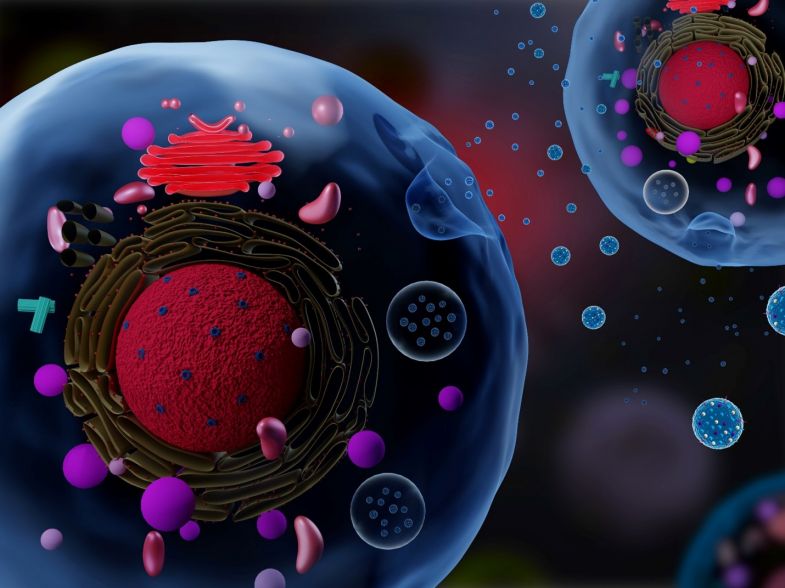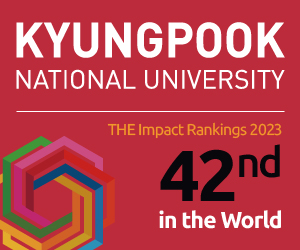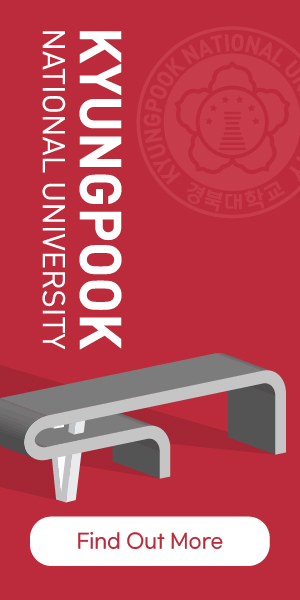- Effects of various characteristics of social commerce (s-commerce) on consumers’ trust and trust performance
URL: http://dx.doi.org/10.1016/j.ijinfomgt.2012.11.006
Social commerce (s-commerce)—e-commerce through social networking sites—has been growing rapidly in Korea. Building trust with consumers is key to s-commerce. In this study, researchers analyze the characteristics of s-commerce companies that influence the trust of Korean consumers and investigate how that trust influences buying and word-of-mouth referrals.

- Applications of metal-organic frameworks in adsorption/separation processes via hydrogen bonding interactions
URL: https://doi.org/10.1016/j.cej.2016.10.115
Metal–organic frameworks (MOFs) are promising environmental remediation materials due to their ability to adsorb a diverse range of pollutants. Many comparatively inert materials can still adsorb onto MOFs through hydrogen bonding. Pursuing research on the hydrogen bonding interactions of MOFs and pollutants is sure to provide effective solutions for preserving the environment.
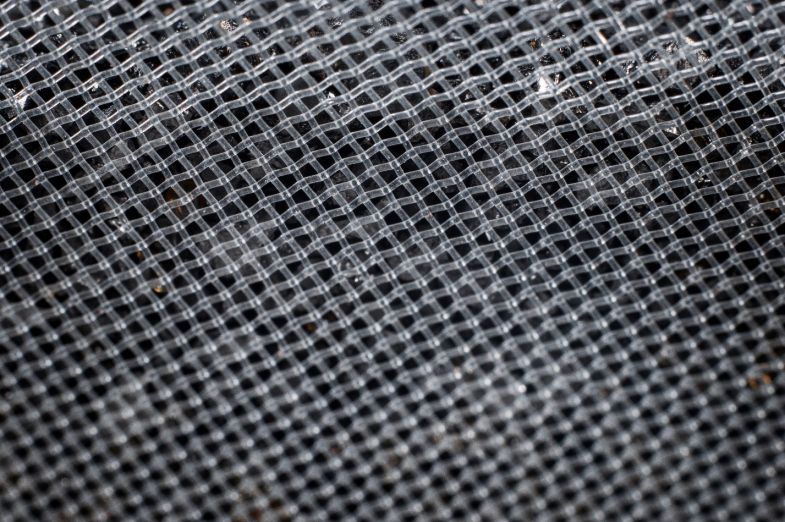
- Z-scheme CdS/g-C3N4 composites with RGO as an electron mediator for efficient photocatalytic H2 production and pollutant degradation
URL: https://doi.org/10.1016/j.cej.2017.02.129
Z-scheme photocatalytic systems offer attractive options for pollutant degradation, hydrogen fuel generation, and carbon dioxide reduction. Now, researchers from KNU have developed a novel Z-scheme photocatalyst using cadmium sulfide (CdS), reduced graphene oxide and graphitic carbon nitride (g-C3N4) that offers improved charge separation and long-term photostability.

- Influence of TiO2 morphology on the photocatalytic efficiency of direct Z-scheme g-C3N4/TiO2 photocatalysts for isoniazid degradation
URL: https://doi.org/10.1016/j.cej.2015.06.120
Titanium dioxide (TiO2) is an important catalyst for the degradation of pharmaceuticals and dyes, but its use is limited by its high electron band gap and poor photocatalytic activity. In this study, researchers not only fabricate a new Z-scheme graphitic carbon nitride/TiO2 photocatalyst, but also propose a mechanism to enhance the photocatalytic ability of TiO2 photocatalysts through Z-scheme charge transfer processes.
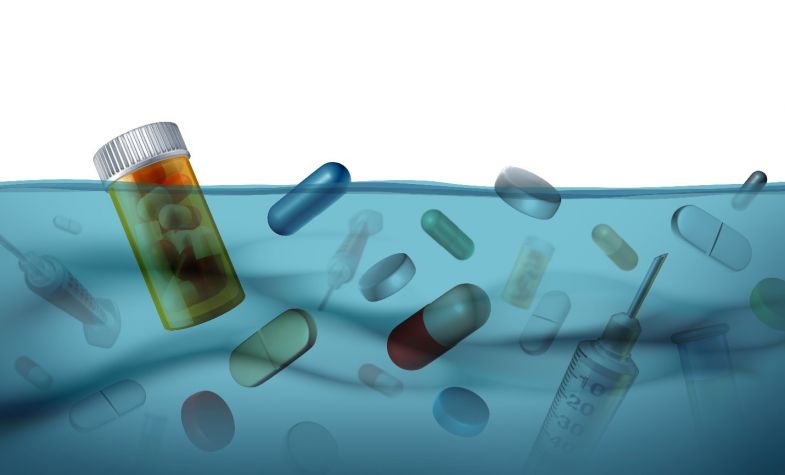
- Adsorptive removal of diclofenac sodium from water with Zr-based metal–organic frameworks
URL: https://doi.org/10.1016/j.cej.2015.08.087
Diclofenac sodium (DCF) is a common ingredient in most over-the-counter pain medication. But it is also a major pharmaceutical pollutant. For the first time, researchers have studied the adsorption and removal of DCF with metal-organic frameworks (MOFs), for practical and efficient environmental preservation.

- Adsorption of naproxen and clofibric acid over a metal–organic framework MIL-101 functionalized with acidic and basic groups
URL: https://doi.org/10.1016/j.cej.2013.01.002
Can MIL-101s, a typical metal-organic framework (MOF), be used to adsorb and remove pharmaceutical and personal care chemicals such as naproxen and clofibric acid? Researchers have investigated how functionalizing MIL-101s with basic amine groups can turn them into highly effective and reusable adsorbents for commercial use.
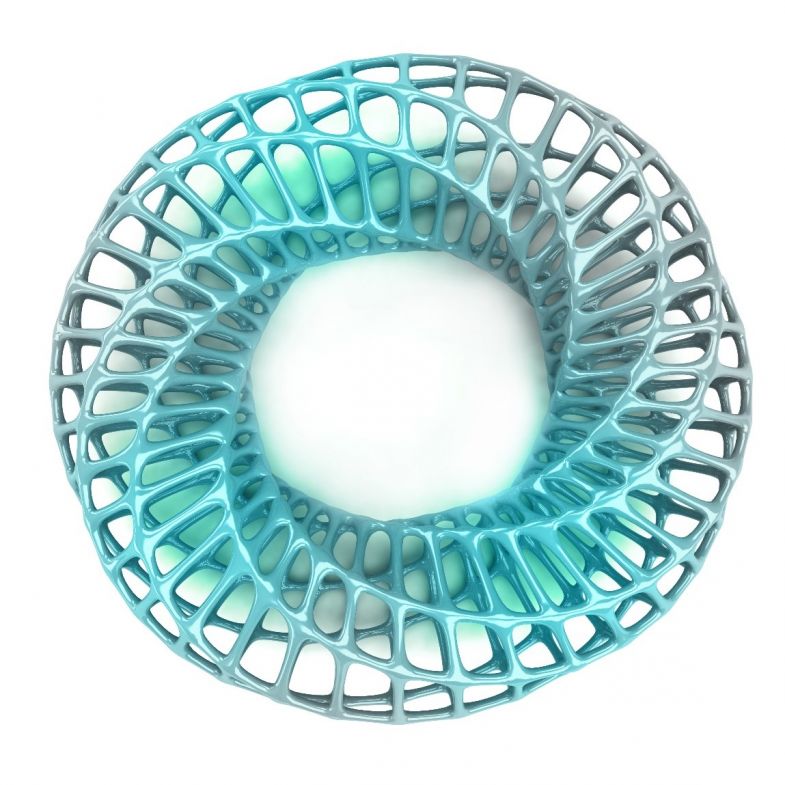
- Adsorptive removal of ibuprofen and diclofenac from water using metalorganic framework-derived porous carbon
URL: https://doi.org/10.1016/j.cej.2016.12.127
Ibuprofen and diclofenac are two of the most common ingredients in pain medication, thereby making them abundant as pharmaceutical pollutants in water. In this study, researchers prepared novel porous carbons derived from metal–organic frameworks (MOFs) that can be used as highly efficient and recyclable adsorbents for water purification.
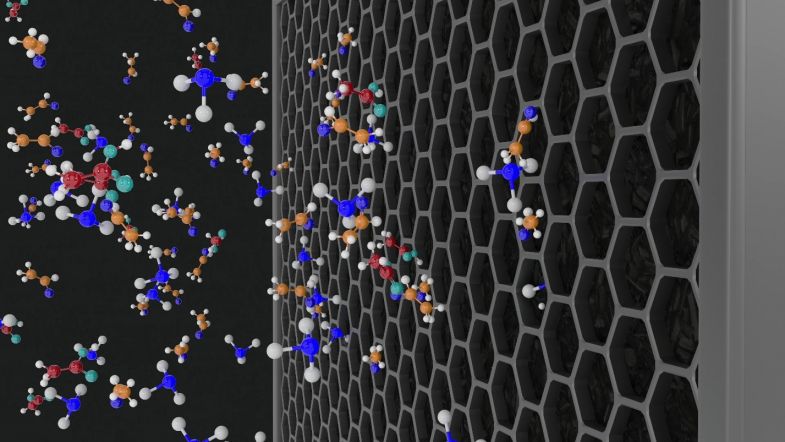
- Adsorption of diclofenac sodium from water using oxidized activated carbon
URL: https://doi.org/10.1016/j.cej.2016.04.143
Even trace amounts of pharmaceutical and personal care products in water can harm aquatic life and wreak havoc on the environment. There is an increasingly urgent need to develop effective and inexpensive materials that can adsorb these pollutants from water. Oxidized activated carbons (OACs)—surface-modified activated carbons—are one such group of materials with a facile synthesis and high adsorptive capacity.
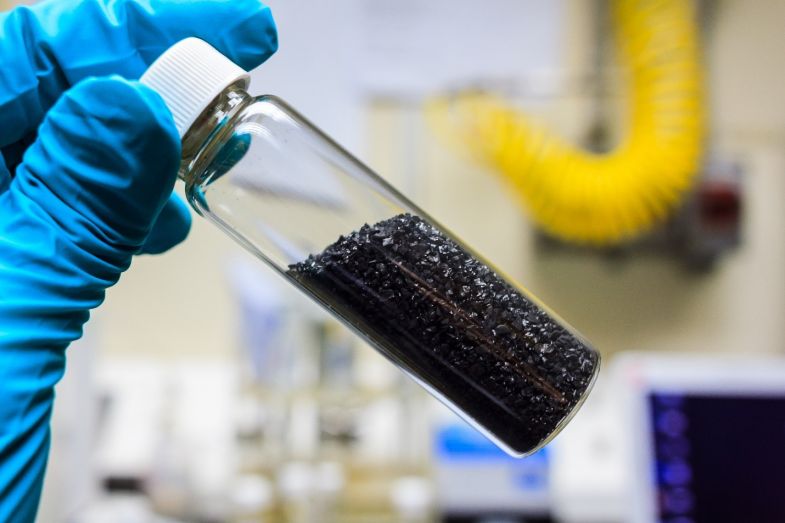
- Adsorptive removal of 2,4-dichlorophenoxyacetic acid (2,4-D) from water with a metal–organic framework
URL: https://doi.org/10.1016/j.cej.2013.08.110
2,4-dichlorophenoxyacetic acid (2,4-D) is a highly carcinogenic herbicide. But despite its dangerous effects, it is still widely used. Metal–organic frameworks (MOFs) are a promising option for the removal of toxic herbicides from contaminated water. Here, scientists evaluate how an MOF, called MIL-53, can be used to remove 2,4-D from wastewater.

- Heterostructural TiO2/Ti3C2Tx (MXene) for photocatalytic degradation of antiepileptic drug carbamazepine
URL: https://doi.org/10.1016/j.cej.2018.05.148
The antiepileptic drug carbamazepine (CBZ) is a persistent drug that is resistant to natural degradation. The ingestion of this drug through contaminated water presents a serious health risk. A new, easy-to-fabricate nanosheet made of titanium dioxide and a titanium–carbon compound called MXene offers an option for the effective adsorption and photocatalytic decomposition of CBZ.

- Adsorption of pharmaceuticals and personal care products over metalorganic frameworks functionalized with hydroxyl groups: Quantitative analyses of H-bonding in adsorption
URL: https://doi.org/10.1016/j.cej.2017.04.036
MIL-101 is a typical metal-organic framework (MOF) that could be used to remove pharmaceutical and personal care pollutants from contaminated water. Here, researchers investigate the effect of surface functionalization of MIL-101 on its ability to adsorb five common pharmaceutical compounds and reveal the major mechanisms behind its adsorptive ability.

- Surface modification of TiO2 photocatalyst for environmental applications
URL: https://doi.org/10.1016/j.jphotochemrev.2012.10.001
Titanium dioxide (TiO2) is widely touted as a viable photocatalyst for environmental clean-up but it is still lagging behind conventional clean-up techniques and activated carbons. Modifying the surface of the photocatalyst through functional groups improves its adsorptive abilities and diversity of applications. This review examines the state of the science on TiO2 photocatalysts and proposes new research directions.
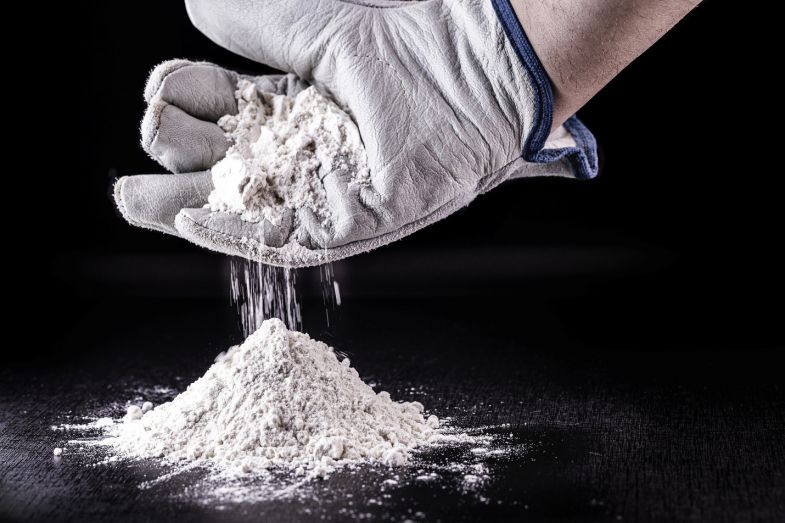
- Green Extraction Methods for Polyphenols from Plant Matrices and Their Byproducts: A Review
URL: www.doi.org/10.1111/1541-4337.12253
There are many health benefits of consuming polyphenols. But the extraction of these compounds from plants is complicated. They are temperature sensitive and are degraded by most conventional extraction techniques. Modern green extraction techniques can extract these compounds in a faster, more eco-friendly and more cost-effective manner. This review looks at the latest research on green extraction.

- Smartbuddy: Defining Human Behaviors Using Big Data Analytics in Social Internet of Things
URL: https://doi.org/10.1109/MWC.2016.7721744
The number of ‘smart’ objects in our day-to-day lives is growing, from our phones and laptops to even TVs, vehicles, and home security systems. Internet of Things (IoT) is a burgeoning field that focuses on the integration and inter-communication of these devices. SmartBuddy is a concept that focuses on the analysis of data produced by these IoT devices in concert with social networks and smart cities to understand human behaviors and dynamics.

- Exosomes Derived From Natural Killer Cells Exert Therapeutic Effect in Melanoma
URL: http://www.doi.org/10.7150/thno.18752
Natural killer (NK) cells are a type of immune-cell that show rapid immunity against cancer cells. This makes them of keen interest to cancer researchers. In this study, researchers investigate how exosomes—little-understood nano-sized structures released by both normal and cancer cells—secreted by NK cells have therapeutic benefits on melanomas.
